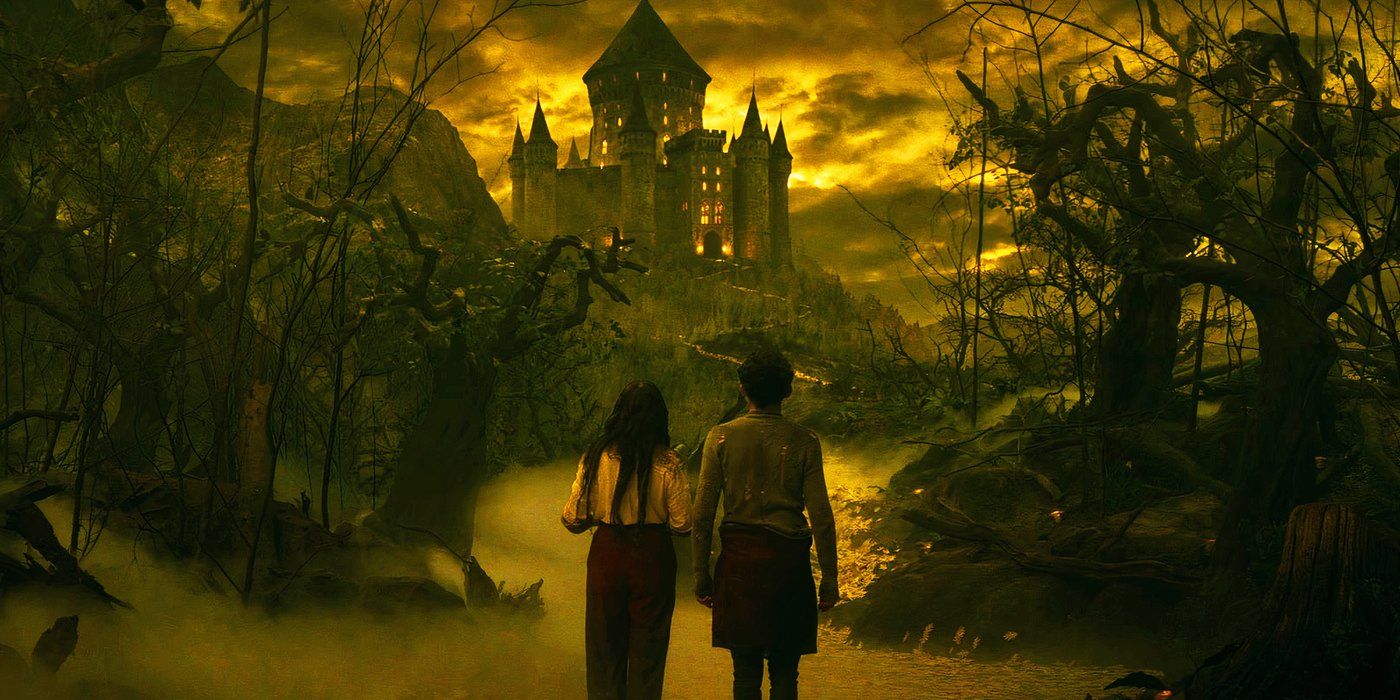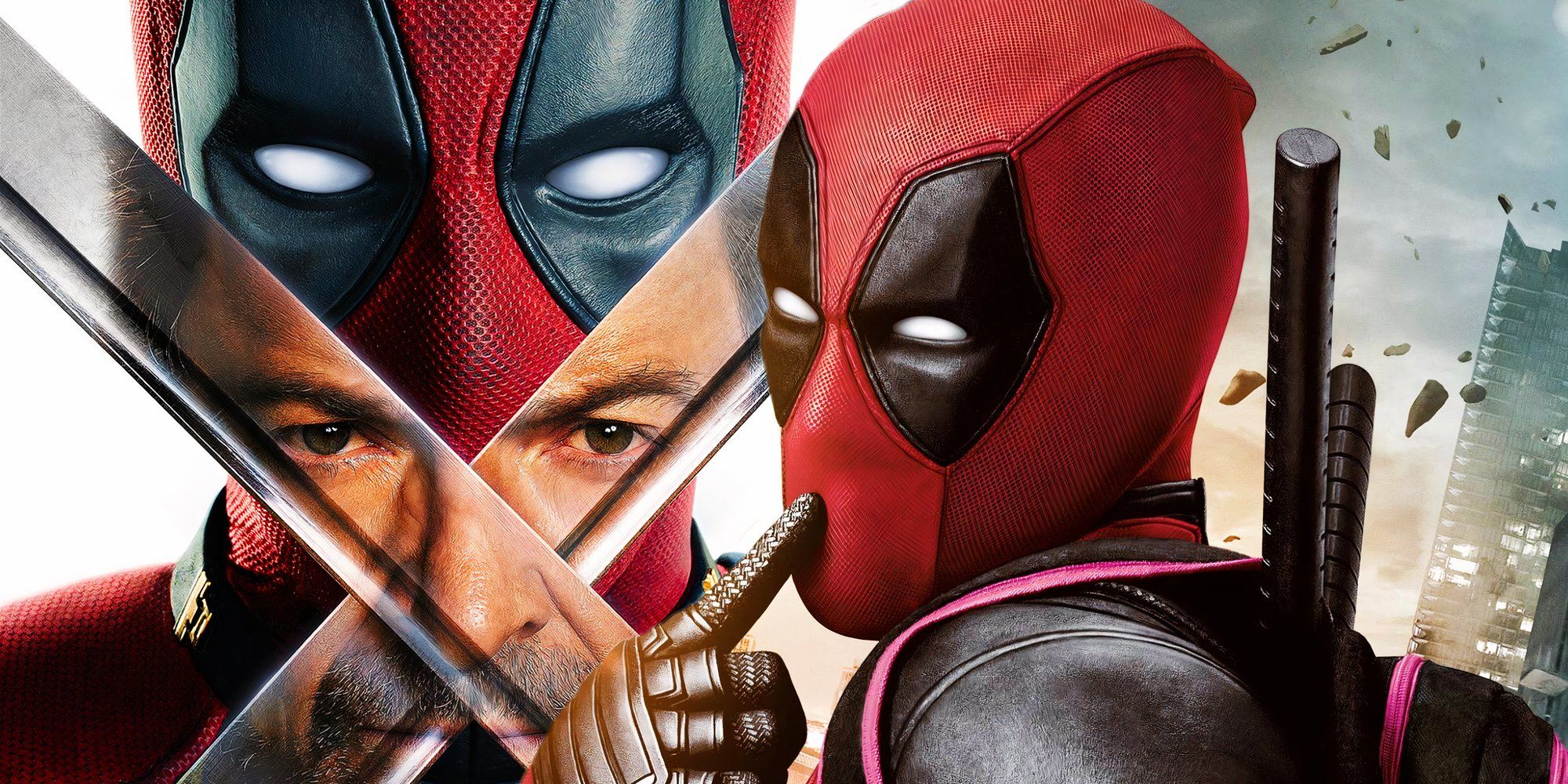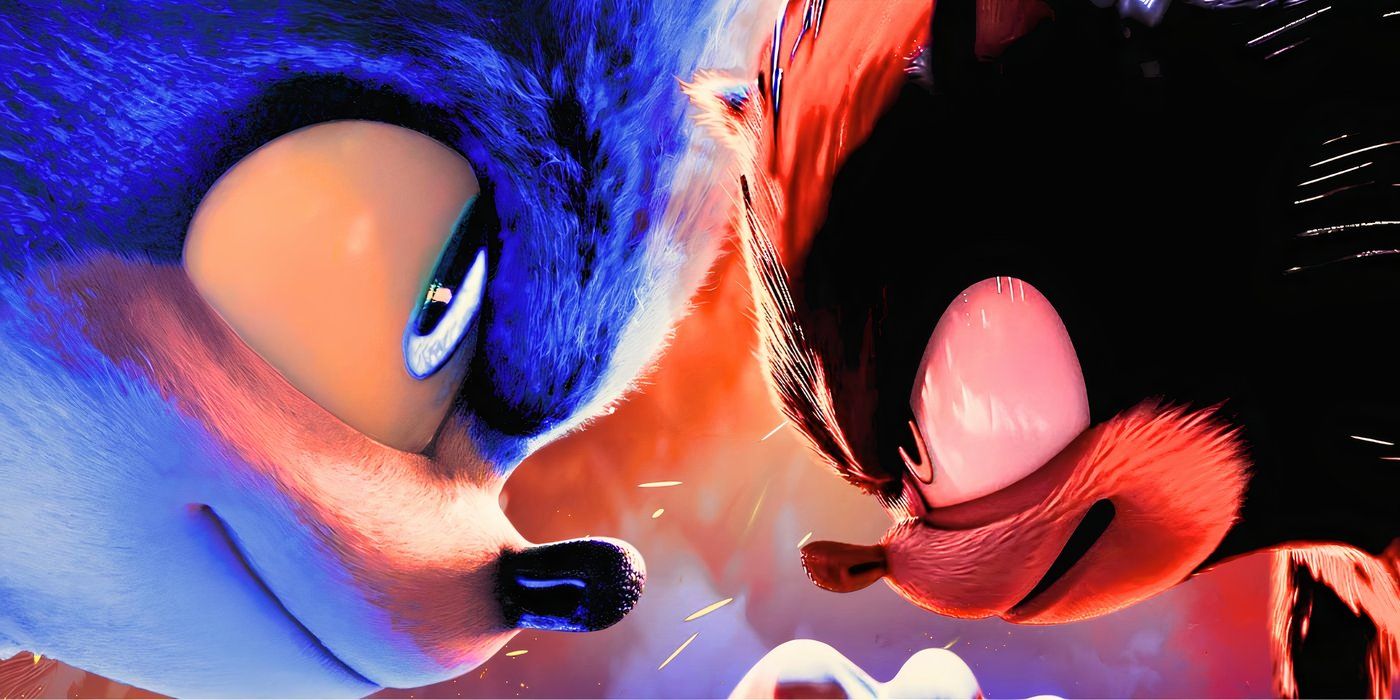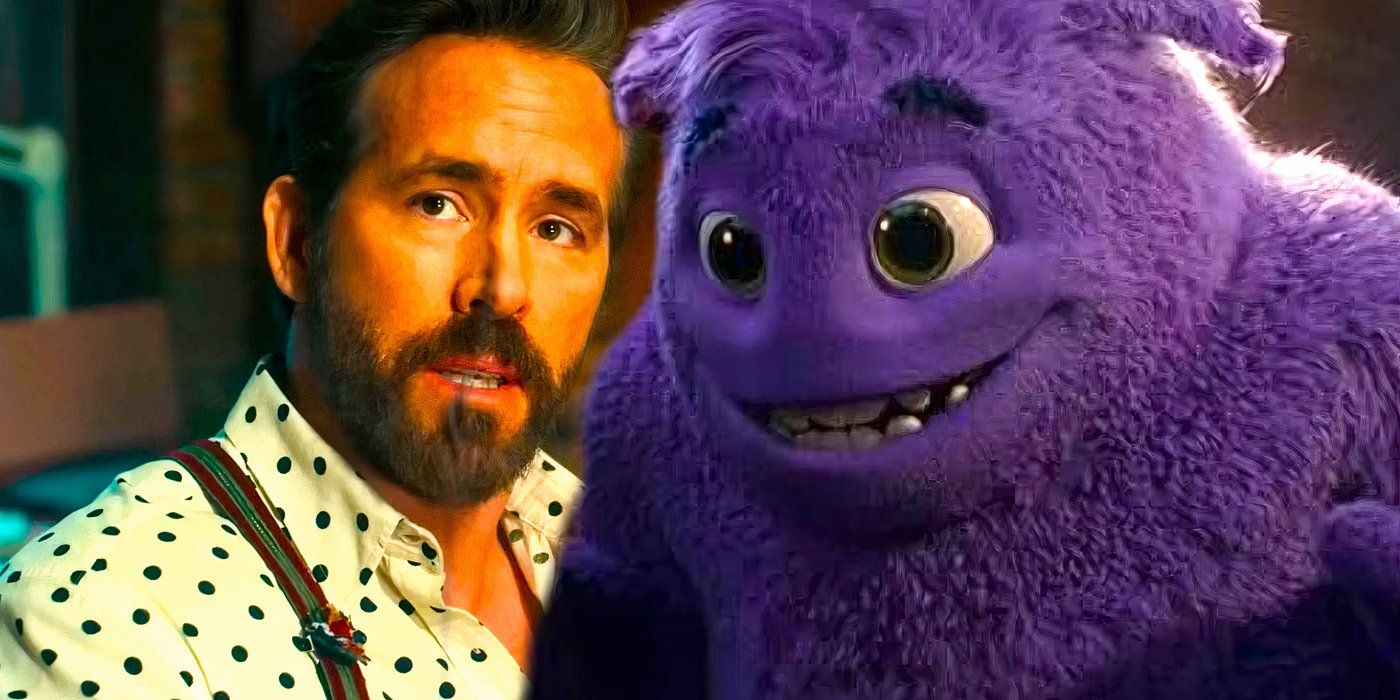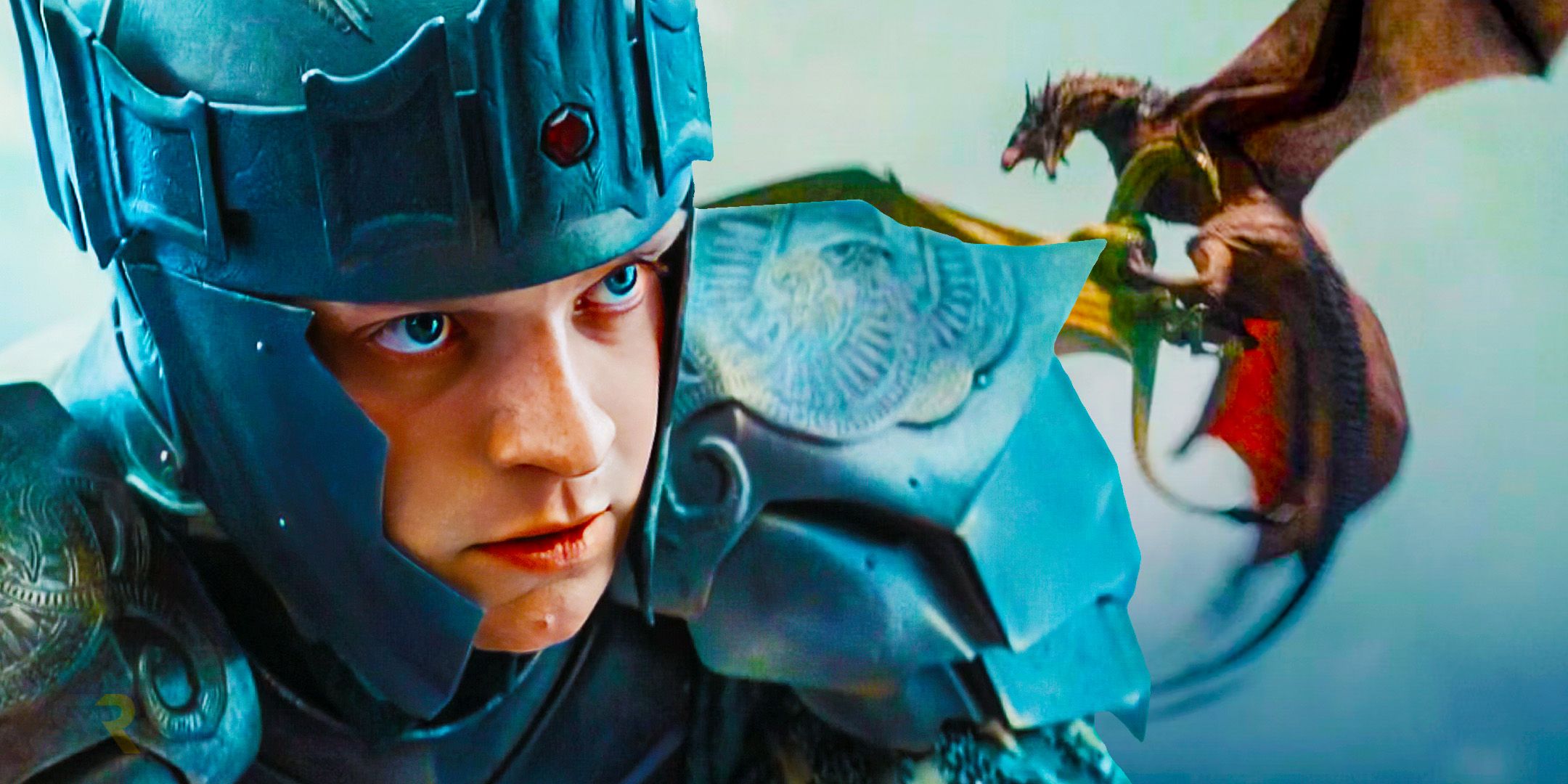Spoilers for Blade Runner 2049.
–
Famed comic writer Mark Millar has come up with an intricate theory about Blade Runner 2049‘s ending that completely changes the film. The sequel to the 1982 classic has received rave reviews and despite only being on release for a matter of days has already stirred up plenty of debate, especially when it comes to the ending.
In the finale, Ryan Gosling’s K (a replicant Blade Runner) saves Harrison Ford’s Deckard from the clutches of villainous CEO Niander Wallace and allows him to reunite with his long-estranged daughter. K dies in the snow as “Tears in Rain” plays a la Roy Batty and Deckard finally gets to see Ana Stelline, the ground-breaking child of him and replicant love-interest Rachael. Most readings of the film take it as an underscoring of the themes of identity, but Millar thinks something different.
Related: Blade Runner 2049’s Ending Explained
Writing in the forums of his website, Millarworld, Millar posits that the film’s final scene transition, from K in the snow to Ana in her incubation chamber creating memories of snow, is the key to a big twist: that none of the previous story involving K actually happened and that it was all a fake memory implanted into Deckard’s mind by his daughter in an attempt to get them to reunite. This would seem to answer the long-standing question of if Deckard is a replicant – he is – and makes the entire film one of father-daughter compassion.
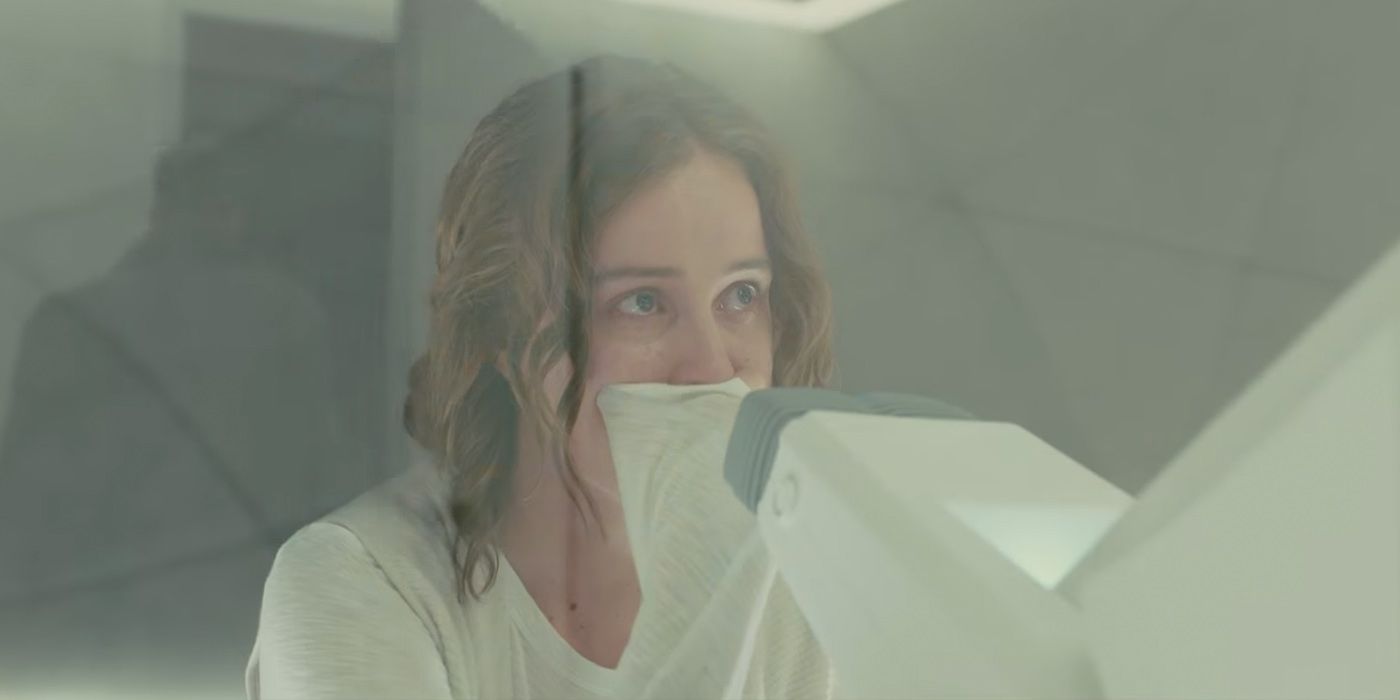
Millar’s evidence comes mainly from themes, but he does find some clues: Joi watching the rain fall through her is mirrored in K with the snow later; K’s assumed name is Joe, which can be portmanteaued to Joke. He also cites Denis Villeneuve’s meticulous directing style as a proof of deeper meaning.
However, while it’s a strongly delivered argument, there are several glaring problems. It means the majority of Blade Runner 2049‘s 163-minute narrative is actually about nothing much of substance, taking K’s life-giving sacrifice and making it something autonomous. Neither does it account for the times K directly helps Deckard out in the plot; the only get around is that the definition is so vague anything could have happened. It also requires the use of a hitherto unheard of technology – being able to plant memories remotely in active replicants – which is a fairly large leap.
If this is an intended reading of the film by Villeneuve, it’s most certainly an alternate one not expected to be realized by many (see also: the theory that The Prestige has no actual magic); aside from the crosscut between the snow – which could be included to represent a more ethereal connection between K and Ana, perhaps linked to their shared memories – there’s no direct entrance point. That said, Millar’s notion that the whole movie was actually about love is shared with the more standard reading of Blade Runner 2049, so at the very least it thematically lines up with the director’s vision.
Next: Blade Runner 2049 Changes The Original Movie
Key Release Dates

Blade Runner 2
Release Date:2017-10-06
